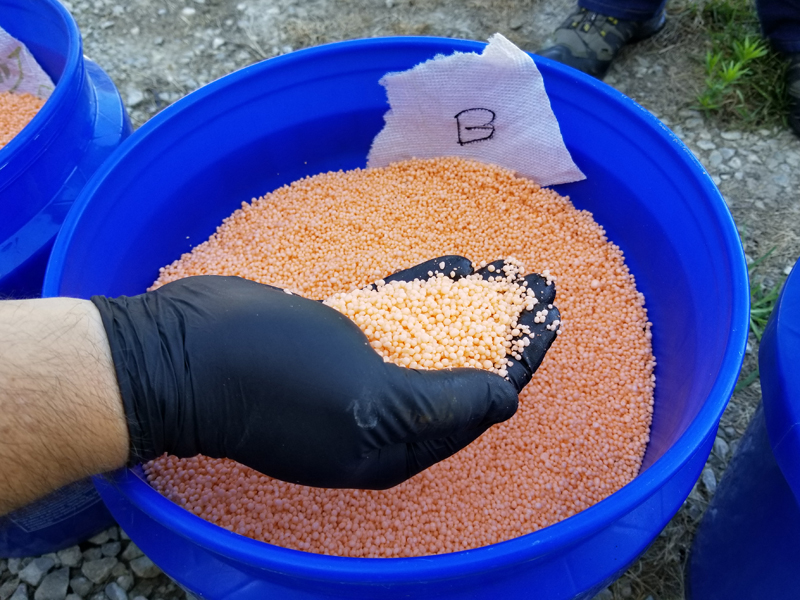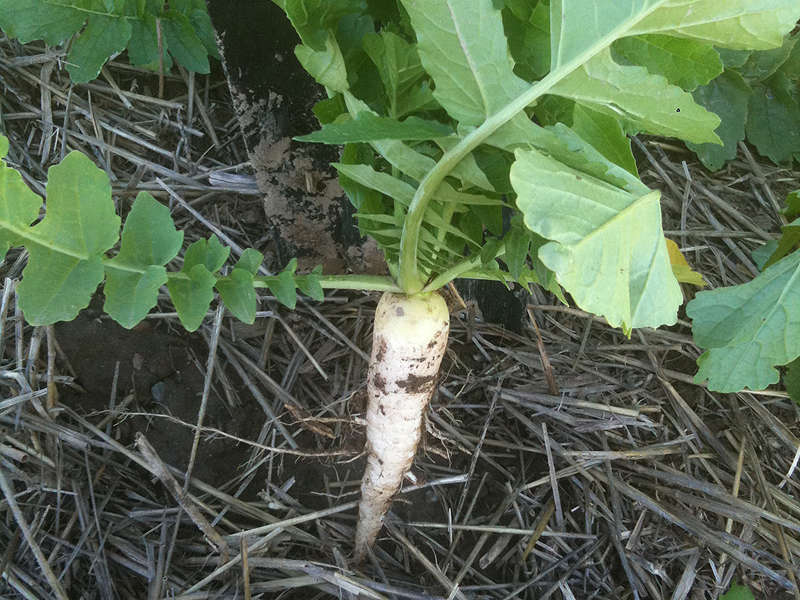Agronomy

Spring in America’s heartland is often wet. That makes its soil too soft for planting. One solution to that issue is tile drainage. Growers insert a series of pipes (drain tiles) under their fields, which drains water from the soil into nearby streams and lakes.


Plants can’t do without phosphorus. But there is often a ‘withdrawal limit’ on how much phosphorus they can get from the soil. That’s because phosphorus in soils is often in forms that plants can’t take up. That affects how healthy and productive the plants can be.


Healthy soil contributes to healthy crops. Farmers know this, so they do what they can to ensure their soil is in good shape. They send samples of their soil for lab testing to find out if it is low in any important nutrients. If it is, they can take steps to improve the health of their soil. These might include adding fertilizers or growing cover crops that feed the soil.


Take a trip down into the soil beneath a field of crops. You won’t find just dirt, water, and creepy-crawlies. You’ll also find reactions that remind you of high school chemistry lab.


When you think of a radish, you may think of the small, round, crunchy, red-and-white vegetable that is sliced into salads. You might be surprised to learn that a larger, longer form of this root vegetable is being used in agriculture as a cover crop.


Plants need water—but what about when it’s running low? Is it possible to use less water and still have healthy crops?


How do you boost soil water content and soil health without irrigating? Best cover it with a layer of straw, a new study concludes.


As the growing season progresses, you might not notice much about what’s happening to plants under the soil. Most of us pay attention to new shoots, stems, leaves, and eventually the flowers and crop we intend to grow. We might think of roots as necessary, but uninteresting, parts of the crop production process.


Researchers have good news for growers. Farmers raising a nitrogen-hungry crop like sweet corn may save up to half of their nitrogen fertilizer cost. The key: using a faba bean cover crop.


